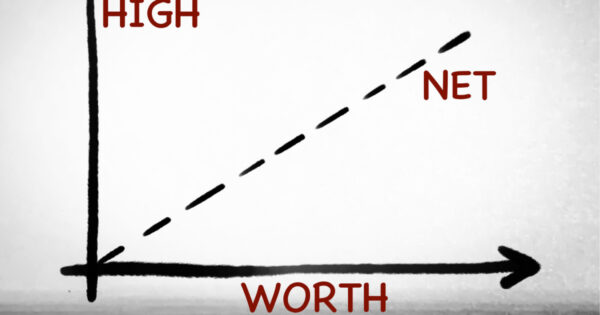Mortgage stress drops after first RBA rate cut in February

The latest data from Australian research firm, Roy Morgan, has indicated that the number of mortgage holders ‘At Risk’ of mortgage stress has declined for the second consecutive month by 1.2 per cent, following the Reserve Bank of Australia’s (RBA’s) first policy easing decision in over four years.
After the RBA’s 0.25 per cent rate cut to 4.1 per cent in February, the share of mortgage holders considered by Roy Morgan to be ‘At Risk’ of mortgage stress dropped to 26.5 per cent in March (1,451,000) – its lowest point recorded in just under two years.
While the number of Australian mortgage holders deemed ‘At Risk’ of mortgage stress has jumped by 644,000 since the RBA first commenced their monetary tightening cycle in May 2022, new predictive modelling conducted by Roy Morgan suggests that this number would decrease in alignment with further interest rate reductions by the RBA.
If a 0.25 per cent decrease is announced at the next RBA board meeting in May, the number of ‘At Risk’ mortgage holders would fall by 13,000 or 0.3 per cent to 1,438,000; a further 0.2 per cent or 14,000 mortgages are projected to drop out of the ‘At Risk’ segment in June.
“After increasing for three straight months from October, the RBA’s decision to reduce interest rates by +0.25% to 4.1% in mid-February has now led to back-to-back monthly reductions in mortgage stress which is now at its lowest since June 2023 – when interest rates were first increased to 4.1%,” Michele Levine, CEO of Roy Morgan, said.
“Nevertheless, the figures for March 2025 represent an increase of 644,000 considered ‘At Risk’ since the RBA began raising interest rates nearly three years ago in May 2022. “The latest ABS monthly inflation estimates for February 2025 showed annual inflation at 2.4%, down 0.1% from January and just under the mid-point of the RBA’s preferred target range of 2-3%.
“This is the seventh straight month the official inflation estimates have been within the RBA’s preferred target range of 2-3% and is the driving factor behind the RBA’s decision to lower interest rates in mid-February. Even better news for those under mortgage stress is that so-called ‘core inflation’, also known as the ‘trimmed mean’, dropped into the RBA target range of 2-3% for the first time in December 2024 (2.7%) and remains there at 2.7% in February 2025.
“The signs are good there will be further interest rate cuts in the months ahead, as long as official estimates of inflation stay within the 2-3% target range. For these reasons we have modelled the impact on mortgage stress of a cut to interest rates of +0.25% in May to 3.85%.”
The data also revealed that the number of mortgage holders considered ‘Extremely At Risk’ of mortgage stress sits at 990,000 or 18.5 per cent, well above the long-term average over the last decade (14.7 per cent).
“It is important to appreciate that interest rates are only one of the variables that determines whether a mortgage holder is considered ‘At Risk’ – the largest impact on whether a borrower falls into the ‘At Risk’ category is related to household income – which is directly related to employment,” Levine said.
“The employment market has been strong over the last two years (the latest Roy Morgan estimates show over 900,000 new jobs created compared to April 2022) and this has provided support to household incomes which have helped to moderate levels of mortgage stress over the last year.”











On the very same theory, why should I pay for the misdeeds of others ? It wasn't my financial advice…
ISFs on the other hand a BEGGING Government to charge these same 12 Million low- and middle-income Australians HIDDEN COMMISSIONS…
neither do we! adviser!
No one should be paying this CSLR fee that is not involved with the corruption. Industry Funds are innocent but…
hi, yes I saw these illegal incentives on tv but forgot the one that was offering. Can you tell me…